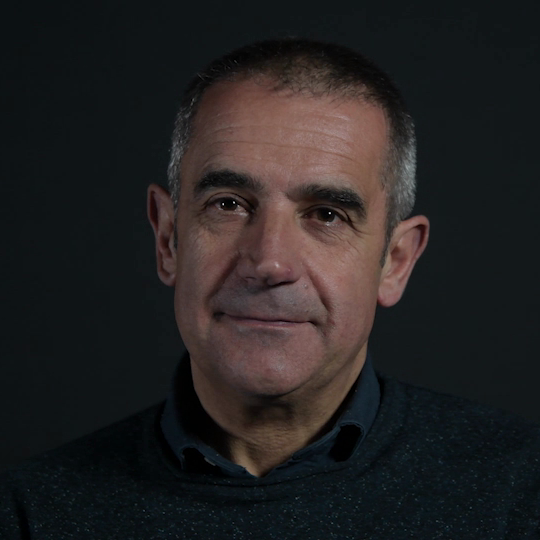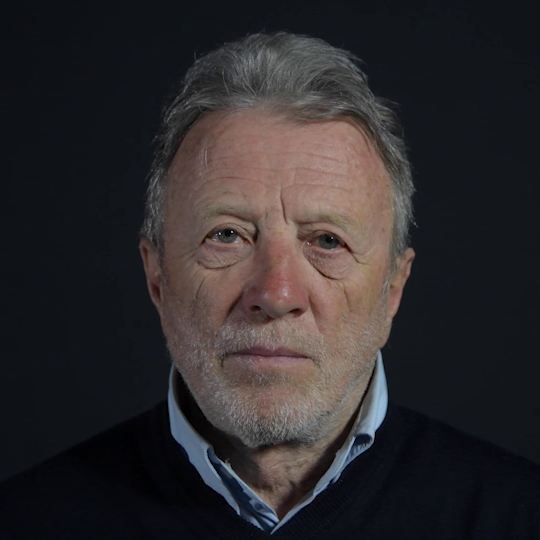Giampietro Colombini
A piazza made for man
Our site saves small pieces of text information (cookies) on your device in order to deliver better content and for statistical purposes. You can disable the usage of cookies by changing the settings of your browser. By browsing our website without changing the browser settings you grant us permission to store that information on your device. I agree
This icon identifies the places described in the “Paesaggi Narrativi” (Narrative Landscapes)
This one, on the other hand, identifies the areas in the “Paesaggi del Benessere” (Landscapes of Wellness)
Check out this symbol which gives you a 360-degree view of the amazing landscapes
Pienza is the idealised creature of a humanist, Enea Silvio Piccolomini, whose destiny was to become pope. A man of the world, a great intellectual and dreamer like many people from Siena (“vain people”, Dante called them), he had the git of great intelligence, accompanied by irony: “When I was Enea, nobody wanted me. Now that I am Pious, I am everyone’s uncle”, he stated. And here he is implementing the crazy project of a city built on nothing or trying to embark on an impossible Crusade. Pienza brings together the contradictions of a utopia: it is a bishopric, but has the dimensions of a village. In just three years, from 1459 to 1462, the nucleus of this ideal city was created “from an idea of love and a dream of beauty”, as Giovanni Pascoli wrote. It is difficult to say what it would have become if the pope had not prematurely passed away. Before, it was undoubtedly a castle like the surrounding ones (Monticchiello, Castelluccio), controlling important communication routes. Hence the rumour that thieves took refuge in Pienza, intent on robbing travellers, and then returning safely within the walls. The transition from “Corsignan dei ladri”, the border village that Boccaccio had already mentioned in his famous short story about Cecco Fortarrigo, to the elected city of a pope, is remarkable. At that point, Pienza could become a World Heritage Site, as declared by Unesco.
Corsignano, at the behest of Pious II, became Pienza, or the city of Pious. But previously it was Corsignano, a Sienese castle with records dating back to 828 which, along with Castelluccio and Monticchiello, was on the main road from Chiusi that crossed the Francigena. Inevitably, it often found itself at the centre of wars, like the war of 1229-1235, when it was occupied by the allied armies of Florence and Orvieto. In the meantime, the Piccolomini continued to consolidate their lands. Enea Silvio was born here. After becoming pope, he began the transformation of the village with the intention of letting his court stay there for a while, forcing each cardinal to build a palace.The project ended prematurely with the death of the pope, who, however, had time to give the title of Pienza to the city and make it a bishopric.
In the municipal area of Pienza, near the present-day Cassia, lies the turreted castle of Spedaletto, used as a grange (fortified farm of Santa Maria della Scala), like Castelluccio, not far away, in the direction of Chianciano Terme. Both are still used for hospitality today.

A piazza made for man

Utopia in city form

A piazza made for man

Utopia in city form